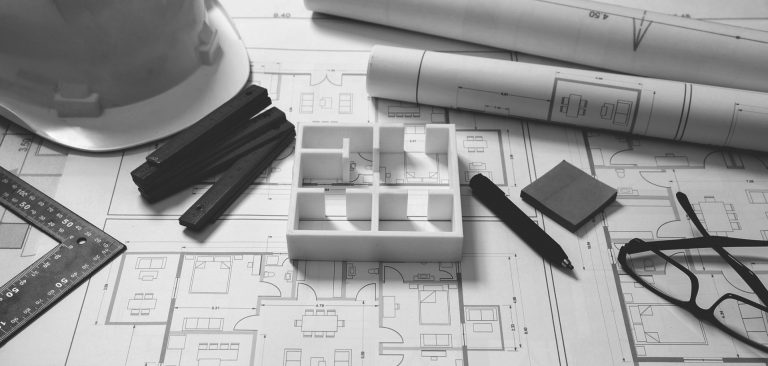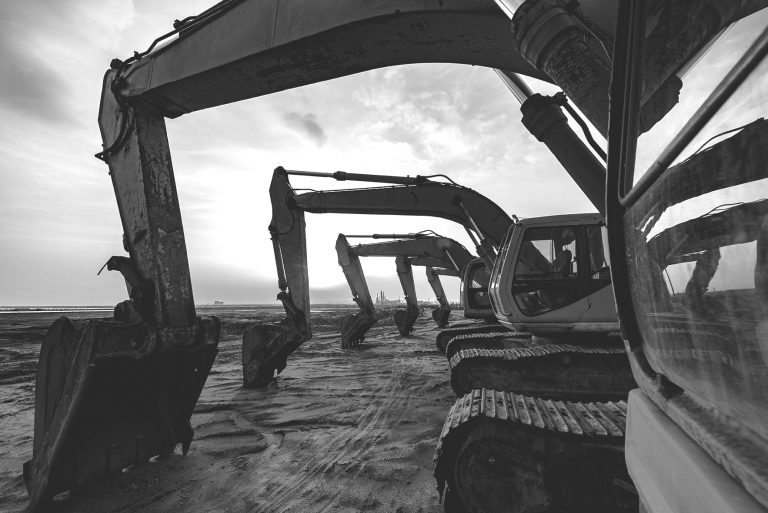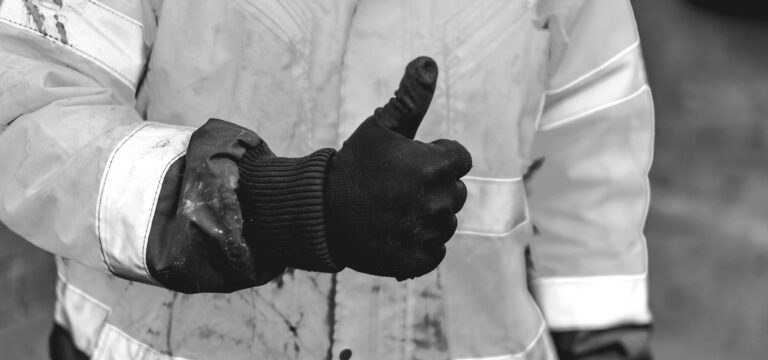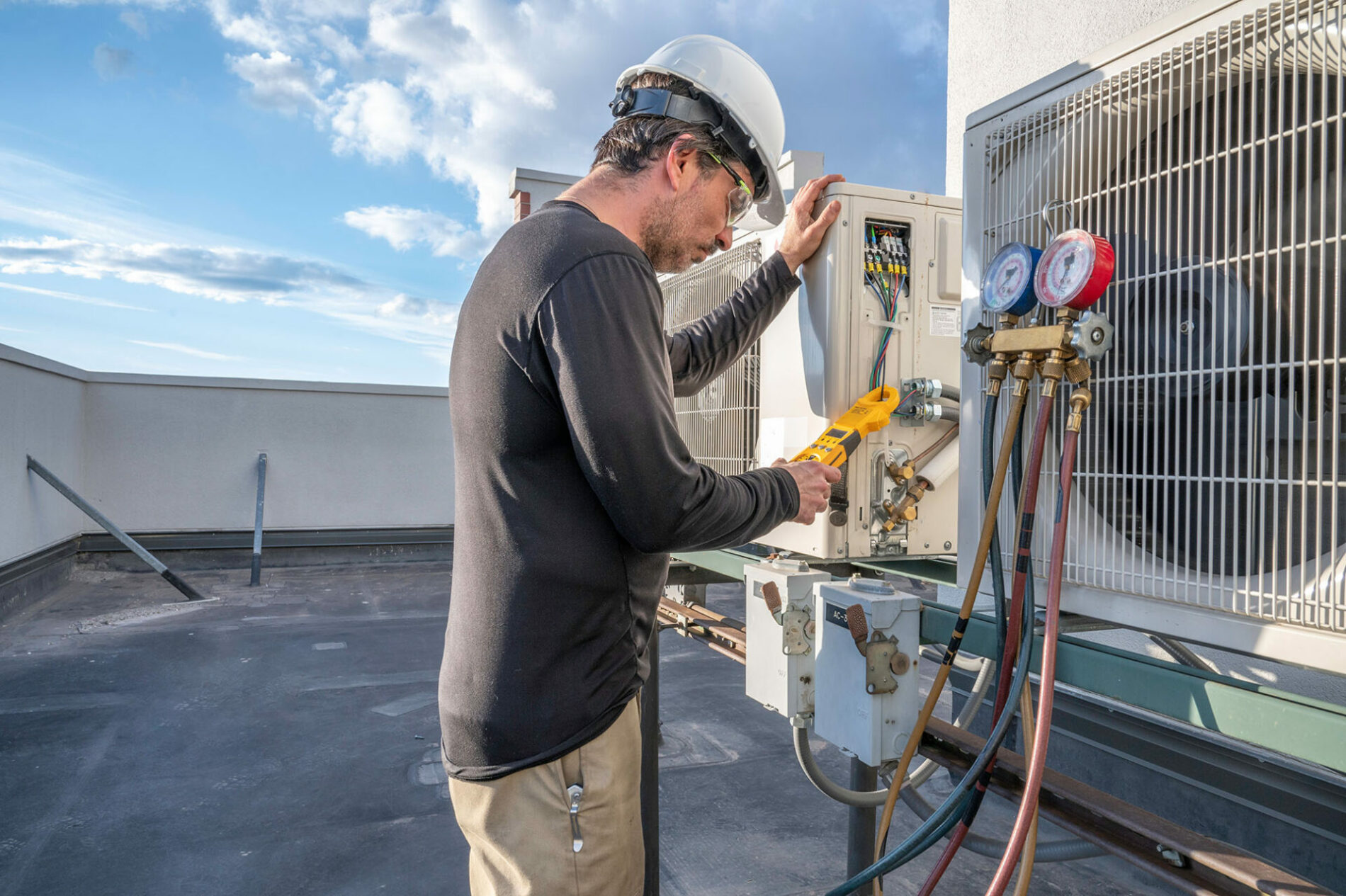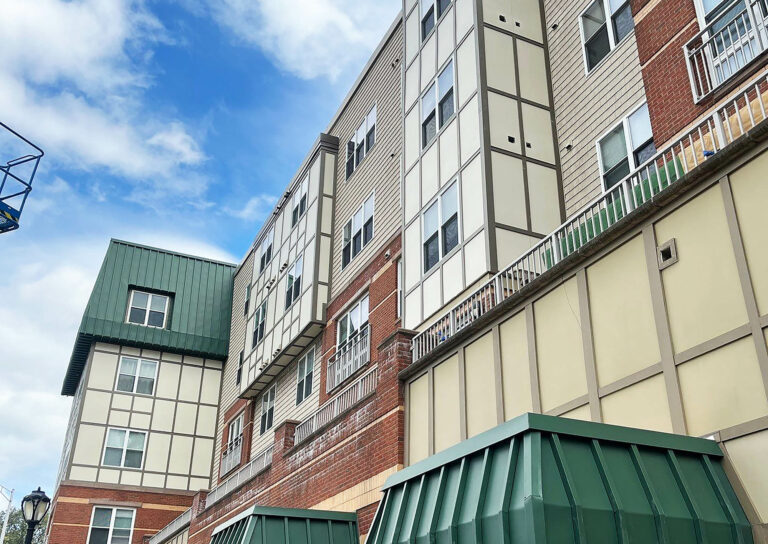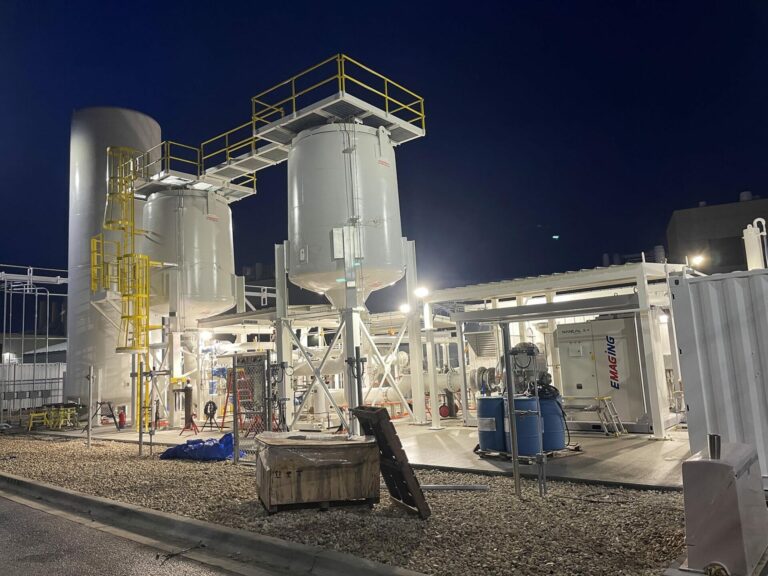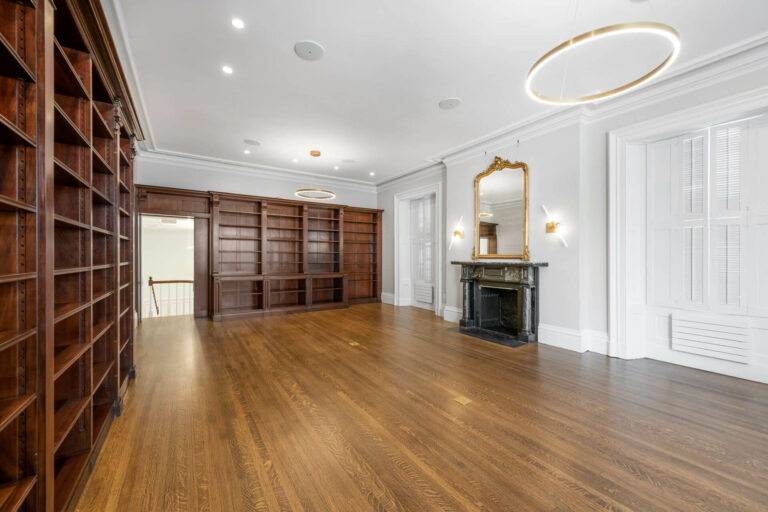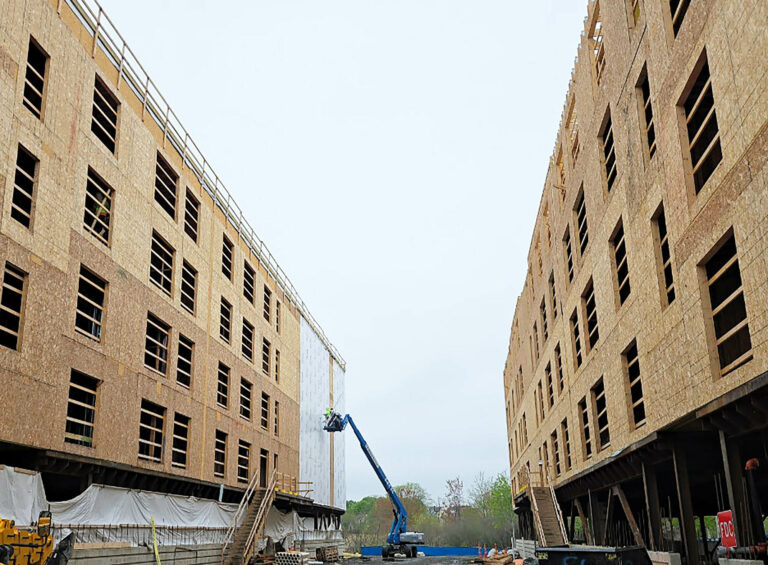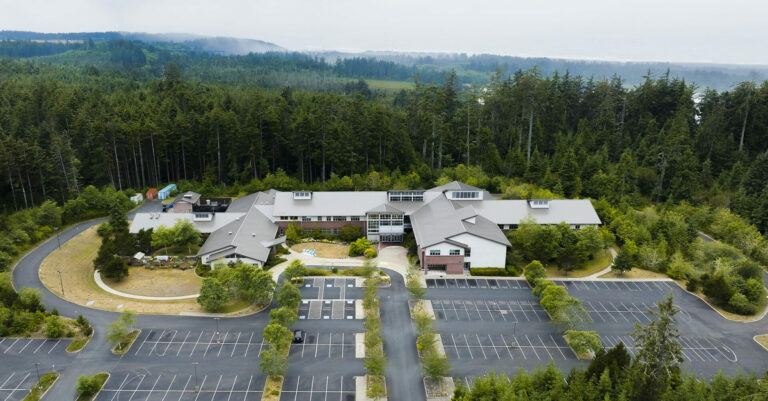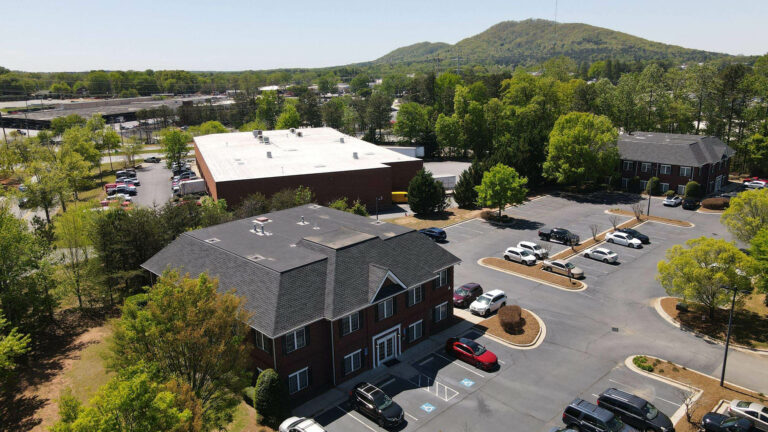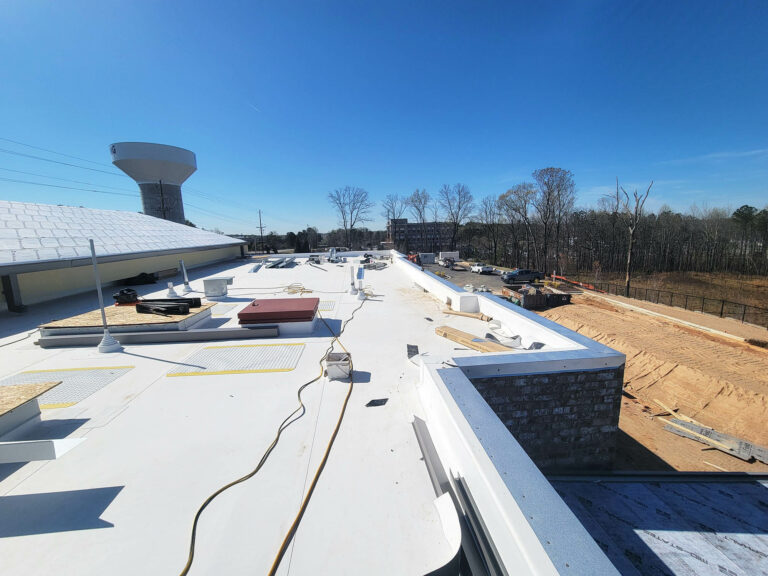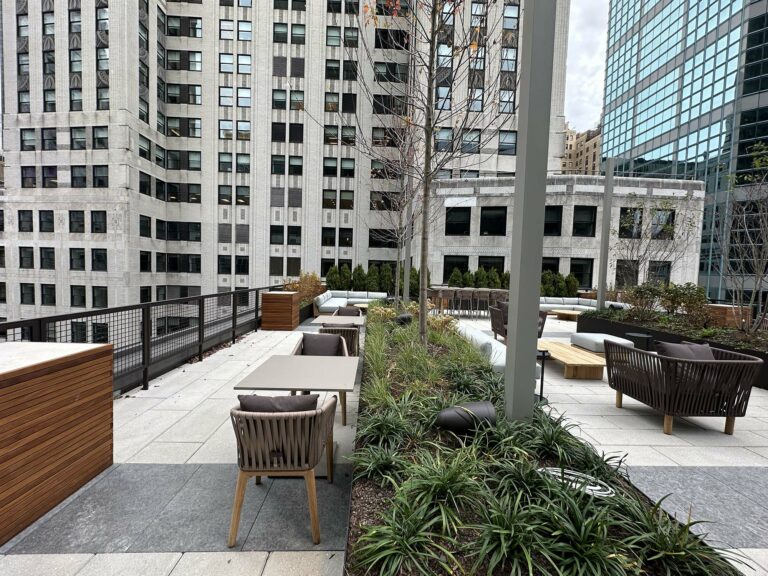J.R. Hobbs is a leading HVAC specialty contractor headquartered in Lawrenceville, Georgia, and serving the Southeastern United States. Founded in Atlanta in 1971, the company designs, builds, and installs HVAC systems for multi-family residential and commercial construction projects, with a presence in eleven states including Georgia, Florida, and the Carolinas. Working with general contractors and owners/developers, J.R. Hobbs offers a broad range of services across different building types including new multi-family developments, renovations, student housing, senior living, high-rise/mid-rise buildings, and light commercial spaces. Travis Riley, Director of Commercial Services, has been particularly busy in recent years as the company moves through a period of rapid expansion in the commercial space. “We are growing and expanding the new business unit,” Travis says. “We’ve taken our successes as one of the larger multifamily HVAC subcontractors, and we’ve leveraged that into a full commercial HVAC service team. It’s become an independent vertical within the company.” Our conversation speaks to that growth and how it came to be, as well as the company’s ethos which is built on a safety-first mindset, a commitment to employee development, and a drive towards perpetual innovation.

J.R. Hobbs offers a comprehensive range of HVAC services, starting with preventative maintenance to ensure systems run efficiently and reliably. In addition to routine care, the company provides on-demand repair, diagnostics, and equipment replacement, including major equipment like chillers, boilers, and cooling towers. Tenant finish-outs are also part of the J.R. Hobbs package, which involves modifying existing HVAC systems to meet the needs of new building occupants, as well as complete redesigns for evolving spaces. For new construction and clients starting from scratch, J.R. Hobbs handles ground-up commercial HVAC installations, ensuring efficient and code-compliant systems from the outset. In facilities where high indoor humidity, mold growth, and condensation pose challenges, J.R. Hobbs can develop scientifically backed solutions to solve these moisture-related issues. The J.R. Hobbs team also delivers engineering solutions that bring greater efficiencies to the projects it leads, such as CAD design and Building Information Modeling (BIM), as well as experience with LEED green building certification standards.
The J.R. Hobbs approach has been refined over five decades and is now expertly applied to all jobs that make up the company’s portfolio. Whether its multi-unit residential or commercial, J.R. Hobbs book of work showcases its capability in delivering even the most complex HVAC solutions on time, on scope, and within budget. “We’ve done some chiller change outs and redesigns for Marriott,” Travis says. “We’ve done some large-scale swap-outs at Sam’s Club, where we come in over three days and remove and replace 25 to 30 Rooftop Units (RTUs), which is a pretty big lift.”
While smaller local contractors may view such jobs as large-scale, they have become routine for JR Hobbs, who has become known in its markets for doing them often and doing them efficiently. As part of its commitment to providing an efficient service, J.R. Hobbs ensures its work is carried out with minimum downtime, so that the client can continue its operations with as little disruption as possible. “Coordinating all of that and minimizing downtime for the client is something we do a lot of,” Travis says. This is perhaps what a client appreciates most in a HVAC partner; knowing their system is taken care of without upending the day-to-day running of the business.
In addition to its strong focus on quality and safety, J.R. Hobbs is also known for its commitment to innovation. It incorporates advanced systems such as Variable Refrigerant Volume (VRV), which uses the latest in air conditioning technology to serve up to 62 indoor fan coils from a single modular unit. “We did an interesting project for an industrial client where we designed and installed a steam recovery system that is making their spaces cooler while also saving them about 8% on their operating costs,” Travis says, offering another example of innovative thinking. This steam recovery system captures and reuses steam from heating, humidification, or other HVAC processes, and instead of wasting it, returns the condensate to the boiler or steam generator. As a result, energy efficiency is improved as the use of fuel, water, and chemical is reduced. The system is used in both commercial and residential buildings, both of which benefit from lower operating costs and environmental impact by recycling heat and water within the HVAC system. These are just some of the many ways J.R. Hobbs can bring innovation to its projects. Because the team is often involved in the project from the design stage, this allows them to educate the customer on emerging technologies while ensuring engineering standards align with efficient building methods.
“We did an interesting project for an industrial client where we designed and installed a steam recovery system that is making their spaces cooler while also saving them about 8% on their operating costs.”
The past few years have seen J.R. Hobbs move rapidly into new markets, finding success after success by applying the logic—if it’s not broken, don’t fix it. Improve it, yes. Adapt it slightly to satisfy demands of diverse markets, always. But in the most part, the J.R. Hobbs approach from market to market is much the same. “We’re in the southeast right now and we have a growth expansion plan to be in all forty-eight contiguous states in the next ten years,” Travis says. An ambitious target, but one that is achievable by applying the ‘cookie cutter’ growth method that has underpinned the company’s growth trajectory to date.
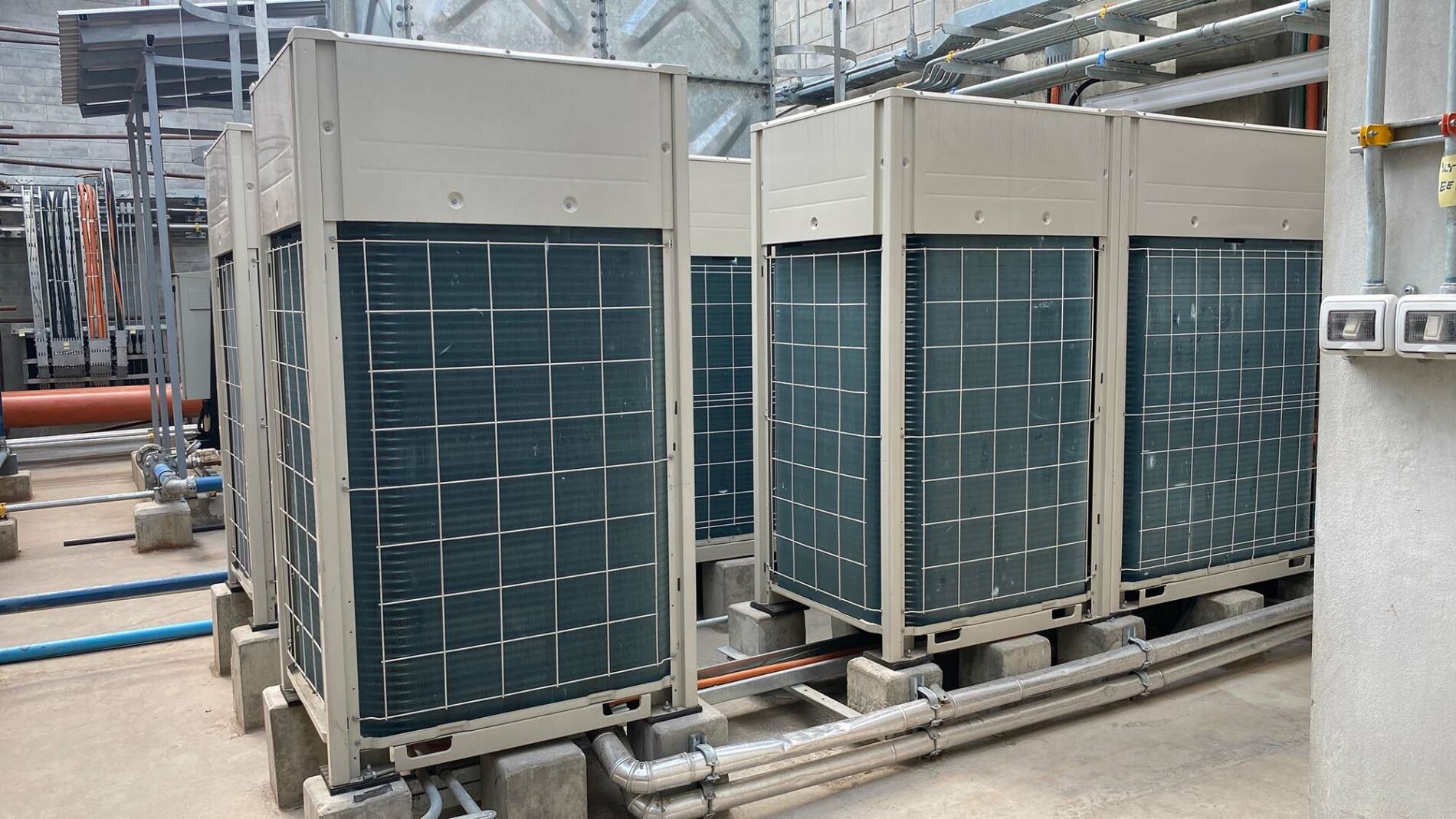
This growth approach sees the company apply its proven strategies from one state to the next to scale its operations. With a proven business model, J.R. Hobbs believes that there’s no need to reinvent the wheel every time you enter a new market. Instead, the wheel can be fine-tuned to meet local demands, while at its core it remains the same reliable engine that consistently drives the business toward success. “There are lots of companies out there that grow by building a big conglomerate,” Travis says. “We’re kind of going the other way with it and fueling our growth organically.” J.R. Hobbs leverages the power of local knowledge and relationships by hiring the best local talent in prospective markets. “We will open a city by finding the right initial teammates in that city who are already doing this work, and bringing them on board. This cookie cutter growth pattern, it’s almost like starting to franchise. We’re fueling our expansion organically by having three or four cities and having successes there. We’ll build those teams and do a good cohesive unit, and then we’ll replicate that in three or four more cities. What that’s allowed us to do is provide full state support for Florida and Georgia. We have competitors that are in Atlanta, different competitors in Savannah, and then in Jacksonville, different competitors again. We’re growing an organisation that allows us to now go to a restaurant chain or a vendor chain or a retail chain, and say, hey, we can be your one stop shop for anything HVAC in the entire state of Florida, Georgia and Carolina.” This is an attractive proposition for large, fast-paced companies who have had to navigate the challenges that come with managing multiple contractors. “We’re allowing these companies to just deal with one contractor that performs in-house work.”
J.R. Hobbs has grown organically since its founding in 1971 and continues to follow that steady, sustainable growth trajectory today. “We plan to continue growing our commercial service department,” Travis says of the company’s future outlook. “We’re spreading through the southeast and we’re doing it strategically, with the intention of being able to increase our coverage for existing customers as we gain new partners.” Systematic, internal growth is what’s on the horizon, driven by a fully certified team of experts who share in the company’s vision.
As it continues to expand, quality and safety remain set in stone as the company’s non-negotiables. “We have a robust safety program with its own Director of Safety that complies with all OSHA and other requirements,” says Travis. “We have partnerships with every major equipment manufacturer, supplier, and vendor. Some companies are focused on just Trane or Carrier, but we work with pretty much everything.” The company’s long-term relationships with vendors and manufacturers give it buying power when it comes to securing the best prices on the market, a benefit that directly translates to the customer. “We also have an in-house sheet metal fabrication shop too where we manufacture all of our own duct board and light sets, which is one of the ways we’ve invested so that we can keep costs down for our customers.” By pioneering emerging technologies, prioritizing safety, managing its operations in-house and leveraging big opportunities in the commercial sector, J.R. Hobbs has fine-tuned a clever business model that will stand the test of time, and with that, the future is theirs for the taking.



